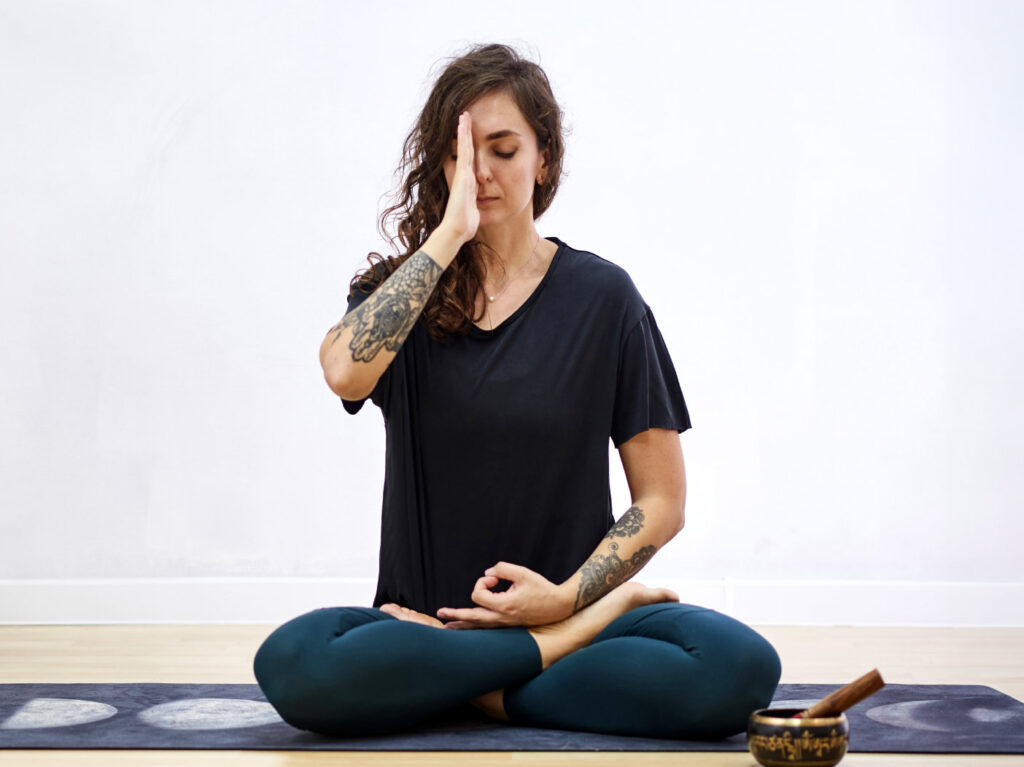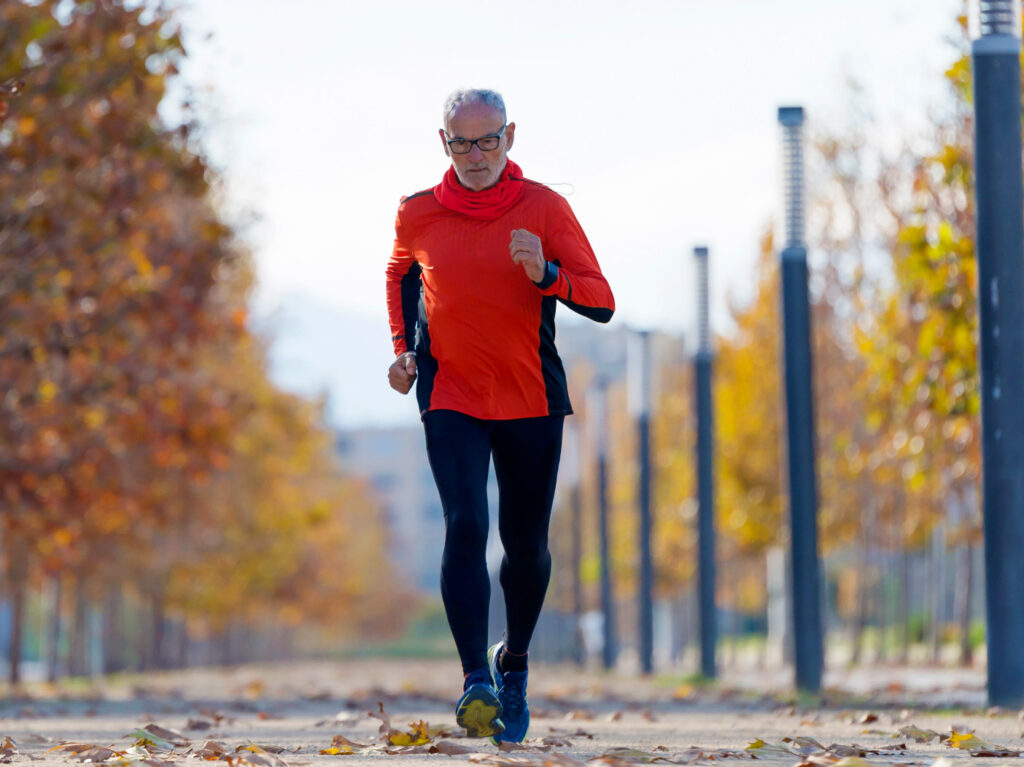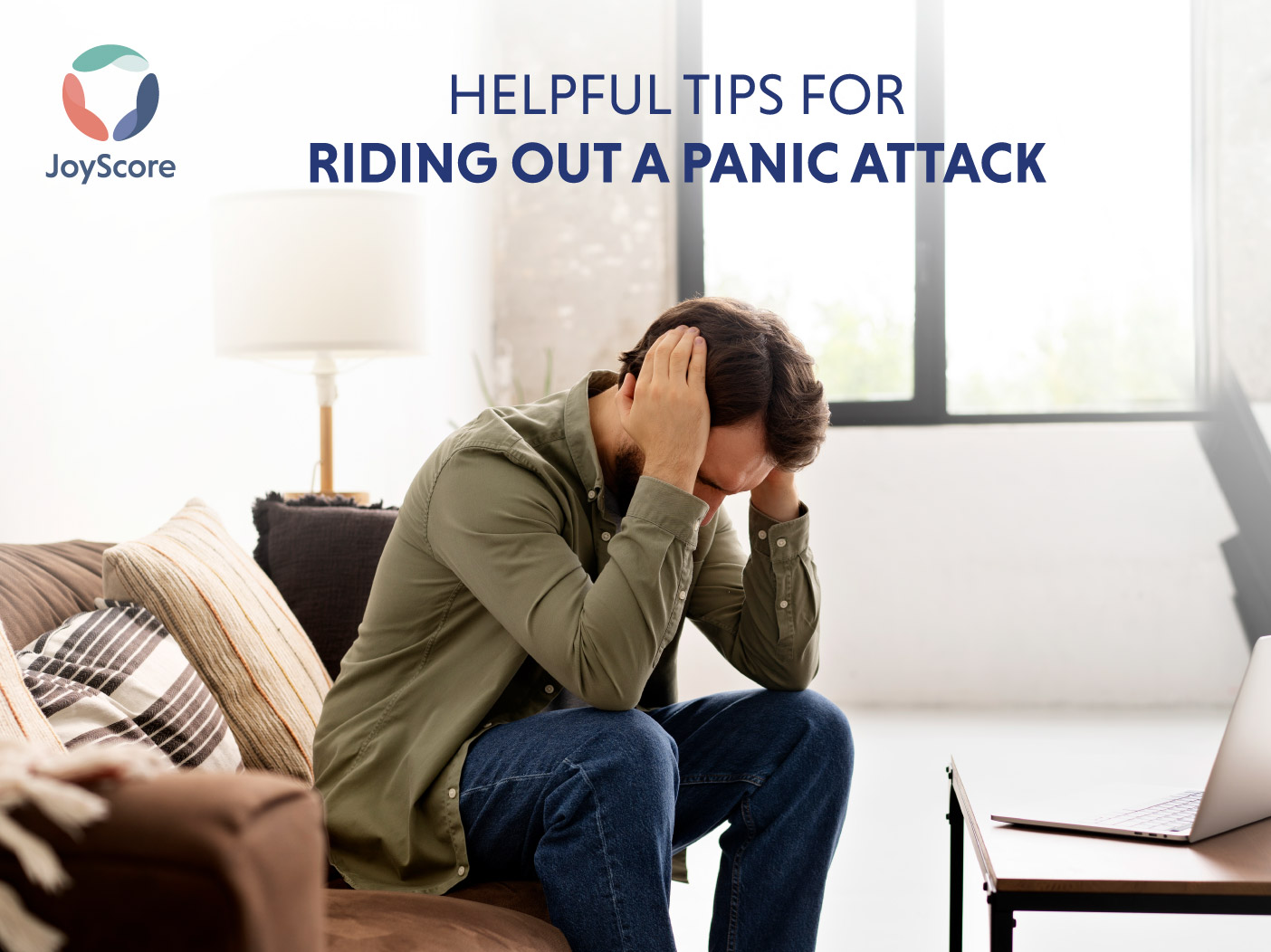Nowadays many people struggle to balance their emotions. This can lead to someone experiencing a rush of unexpected symptoms which can become uncontrollable at times. These sudden and intense symptoms are medically termed as panic attacks. Panic attacks are mostly seen in patients with anxiety disorders, but can happen to any one of us, at any time in life.
STAGES FOR PANIC ATTACK
Pre-attack: the sufferer starts to get the feeling of something going terribly wrong. His or her heartbeat begins to race which may last for a few minutes but usually not more than 10 minutes.
The symptoms of a panic attack will reach its peak after 10 minutes and last for less than a minute. It gives the person a feeling that something extremely inauspicious and unfavorable is going to happen in their life or they may die.
The physical symptoms can include irritable bowel syndrome, abdominal cramps, nausea, dizziness, headaches, breathlessness, sweating, shivering, chills, chest pain, and tingling in hands and feet. However, the severity and pattern of symptoms may vary depending on how an individual reacts to the anxiety that comes with it.
The mental symptoms include irrational thinking, feeling overwhelmed, negative self-talk, feeling inadequate, difficulty sleeping, being less productive, obsessive-compulsive disorder symptoms and phobias or fear of specific things, places or situations.
Decline phase: once the extremely panicky phase has reached, it is followed by a period of decline. For some individuals, this phase may last for a few minutes, while for others it can take hours. The weaker the panic attack, the longer it will last. In the end, it leaves the patient feeling tired and drained.
TRIGGERS FOR A PANIC ATTACK
- STRESS
This is the most common panic attack trigger. This is why it’s important to learn how to manage stress. One may feel stressed by a wide range of things from work, family, school or health. Even if you are earning a good living, unorganized finances can lead to unpaid debts and bills causing more stress.
- SUBSTANCE ABUSE
Drugs like cocaine, heroin and marijuana, alcohol and nicotine cause addictions that lead to symptoms of psychosis. This is because their prolonged use can alter the brain chemistry and stimulate the release of adrenaline, a stress hormone. Even when a person abruptly quits drugs, the sharp contrast in the brain will also trigger these unwanted symptoms.
- CAFFEINE
Caffeine usage surpassing 400mg (4 cups) a day predisposes the individual to risk of panic attacks. If you ever experience dizziness or an irregular heartbeat after caffeine consumption, consult a doctor immediately.
- CHRONIC HEALTH ISSUES
A positive diagnosis of a disease or any other health problem can be devastating and stressful. If you have to take care of a sick loved one, with time, this can lead to chronic stress, spiraling into depression or a panic disorder which can worsen the existing problem.
- UNPRESCRIBED MEDICATIONS
Individuals who do not take advice from a medical representative before taking birth control pills, weight loss pills or cold and flu tablets may suffer from panic attacks too.
- SOCIAL ANXIETY
Some people genuinely face difficulty in coping up with large social gatherings and being around lots of noise. So, when they are forced to take part in a social event, it can trigger the uncontrollable symptoms of panic attacks and feeling uncomfortable.
- A PAST TRAUMA
A traumatic event such as the death of a loved one or a severe accident can be difficult to heal from. Sometimes, a specific memory can keep reminding a person of that event. If proper counseling has not been done, repetitive trauma can lead to panic attacks.
- A TOXIC RELATIONSHIP
Frequent arguments with someone you are in a relationship with require active participation in finding a solution. It is a team effort, and so you need the other person’s consent to resolve the issue, which is often stressful. If you know you are in a toxic relationship, get out, as this can lead to a panic attack.
- DIET
If you are eating healthy, your brain will function well. A balanced diet consisting of proteins, complex carbohydrates and fats will maintain your blood sugar levels and stimulate the release of the happy hormone serotonin. This hormone is essential to keep your brain calm and prevent the onset of panic attacks. On the other hand, processed and sugary foods are to be avoided to reduce the risk of a panic attack too.
PANIC ATTACK TREATMENT
A panic attack gives the person a helpless feeling if they are unaware of any tools to control the symptoms. Here you will read about a few panic attack treatment techniques that can help you calm the symptoms both during upcoming and ongoing attacks.
MEDITATION AND DEEP BREATHING

Meditation can bring your focus back to the moment when you feels the attack is approaching. A trigger is usually related to one replaying a past traumatic event. Remind yourself of the positive aspects of life and focus on what is happening around you. Check-in with your breath and body to slow down the frantic thoughts. It may seem easy but those trapped in panic attacks find it difficult to focus on breathing. Keep calm to count the paces of each breath you inhale.
For effective breathing, you can also try the 4-7-8 technique. In this:
- Breathe for 4 seconds
- Hold your breath for 7 seconds
- Exhale gradually for seconds
FOCUS ON A POINT
Find an object to focus on and try to observe each and every detail about it. For instance, if one focuses on a clock, he will observe its pattern, size, color and shape. He may also notice how the hand of the clock jerks while ticking. This activity will help to focus all the energy on the clock and let the panic attack subside.
A 333 rule is also used as a panic attack treatment while staying in the moment. Herein, the individual looks around and finds 3 objects and 3 sounds and then moves 3 body parts. This activity gradually brings symptoms at bay without much effort.
THE 5-4-3-2-1 METHOD
This is a type of mindfulness technique or grounding technique in which the person’s focus is drawn away from the source of stress. The process involves these steps:
- Think about five separate objects
- Listen to four different sounds
- Touch and feel three objects
- Identify two different smells
- Identify one thing you can taste
GO OUT FOR A WALK
Getting outside for a walk can help a lot. If one starts to walk and focus their attention to the steps they take, it will quiet the negative thought process. Also, try to keep the steps even and deliberate and notice how the body moves during walking.

MUSCLE RELAXATION TECHNIQUE
Muscle tension is the result of every anxiety or panic attack, and so, muscle relaxation techniques are very helpful. It releases the tension in one group of muscle at a time but relaxes the whole body. As your body and mind relaxes, the symptoms of a panic attack decline gradually. Some of the most effective muscle relaxation techniques are deep breathing, yoga, music, art therapy and aromatherapy.
IMAGINE A HAPPY PLACE AND CHANT
To manage anxiety, the person doesn’t need to visit a calm and quiet place; he can visualize it also. After visualization, start chanting a mantra internally for reassurance. The mantra could be any thought, such as “ I will be better soon.” Now, keep on repeating the words till you feel the symptoms of a panic attack are subsiding.
SEEK COUNSELING
The most common counseling method known today is Cognitive Behavioral Therapy (CBT). It is a psychotherapy that aims at changing a person’s faulty or negative thinking and building up his or her self-esteem. The therapy works through a process i.e.
- Identify and replace negative thinking
- Writing exercises
- Skill building and behavioral changes
- Desensitization
- Relaxation techniques
Other than counseling sessions, talking to someone during a panic attack can also help stop it. A trustworthy friend or family member will take you to a calm place, make you feel less alone and stay with you till the symptoms of a panic attack subside completely.
MEDICATIONS
Although there are a number of medications for panic attack treatment, selective serotonin reuptake inhibitors (SSRIs) are the most effective. With this medicine the symptoms can be controlled within 2-4 weeks of time, but each body is different, so always consult with a doctor first.
CONCLUSION
Panic attacks are more common now-a-days but should not be ignored. Without treatment, frequent and regular panic attacks can be devastating to one’s life. Return to these strategies to remember how to discontinue the symptoms and look for effective panic attack treatment strategies.
Download the JOYSCORE app to acquire guidance on living a healthy and happy life.
Download on the Appstore
Get it on Google Play



